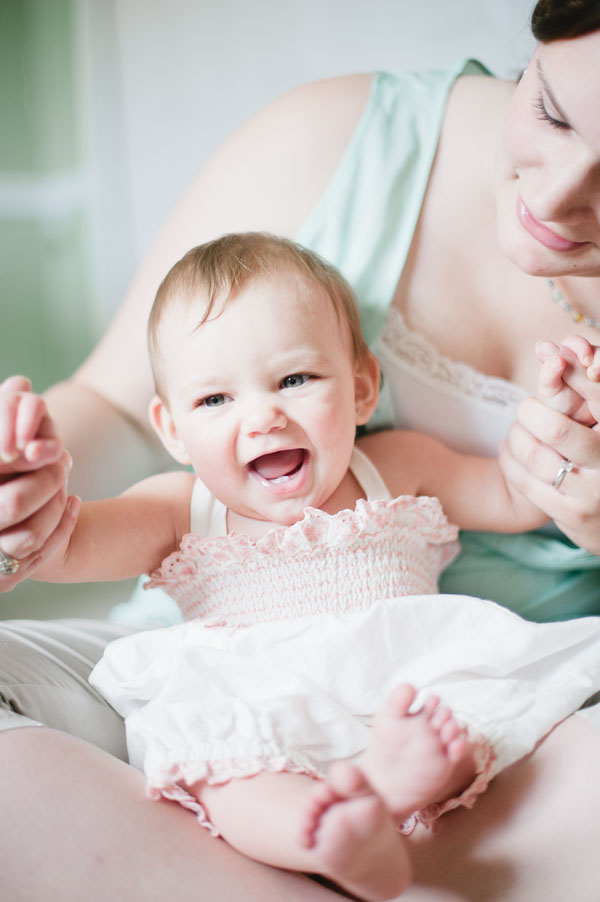Shooting in Manual Mode: Are You Friends With Your Camera?

By: Jennifer Little
In order to feel connected to your camera, you need to get to know it. Pull out your owner’s manual so that you can locate the camera settings we will discuss. Then set your camera to manual mode, and let’s discuss her strengths.
- Camera Meter: Measures how bright or dark your subject is
- Aperture: How large or small the opening of your lens is
- Shutter Speed: The speed in which your shutter opens and closes
- ISO: How sensitive your image sensor is to light
Camera Meter
Look through your viewfinder, and you will notice a meter. There is a zero in the center, and on Nikon cameras there is a + on the left and a – on the right. When the dashes are on the + side of the zero, your image is overexposed (light/bright). When the dashes are on the right side of the zero, your image is underexposed (dark). The meter runs the opposite direction on Canon cameras, so make sure to note that. I like to overexpose my images a tad, because it gives my images a softer, brighter feel.
- Dashes to the (+) side indicate your images is overexposed (light/bright)
- Dashes to the (-) side indicate your image is underexposed (dark)
You need to understand many aspects of your camera, but three in particular: Aperture, Shutter Speed + ISO. These three settings work together.
Aperture
Aperture is how large or small the opening is in your lens that allows light to travel onto your image sensor. The larger your aperture opening, the more light will flood your image sensor giving you a brighter image with a more shallow depth of field. A large aperture opening could range from F 1.2- F 2.8. When your aperture is wide open (F 1.2-F 1.8 depending on your lens), a very small amount of your subject will be in focus, and your background will be a very soft blur. For example, if you are photographing a face, the eyes might be the only area in focus when the aperture is wide open. However, the smaller your aperture, the less light will enter, and more of your image will be in focus. If you set your camera to F 16, you will notice a lot less light is able to enter, but most of your image will be in focus. With a higher/smaller aperture you lose the pretty blur in your background, but more of your entire image is in focus.
Shutter Speed
This is how fast or slow your shutter opens and closes. The slower your shutter speed (1/80) the more light will enter, and the faster your shutter speed (1/1600) the less light will enter. When you are shooting in a super bright space (outdoors in full sun), you will need to let less light into your camera, so shoot at a faster shutter speed. However, if you are photographing inside at home, you will need to let in more light, so shoot at a slower shutter speed.
- Slow Shutter Speed (1/60 to 1/160) lets in more light and allows you to have a brighter/lighter image but be careful for image blur
- Fast Shutter Speed (1/1600 to 1/3200) keeps light out but allows you to shoot faster subjects
ISO
Lastly for today, let’s discuss ISO. This is how sensitive your image sensor is to light. The lower your ISO setting, the less sensitive your sensor is to light. The higher your ISO setting is, the more sensitive your sensor is to light. Set your ISO to 200 and snap a photo. Then set your ISO to 800 and snap a photo. See how much lighter and brighter is as you increase your ISO. This can be a great tool when shooting inside.
- Low ISO (200) makes your camera less sensitive to light and your image less grainy (noisy)
- High ISO (800) makes your camera more sensitive to light but can make your image more grainy (noisy)
Make sure to get to know your camera before the class Getting Great Lighting at Home!



 Jun 3, 2013
Jun 3, 2013
Reader Comments (2)
This is great! I've had my camera for 3 years and barely know how to use it. When it's a sunny day, I can get by. But at my brother's graduation yesterday, it was very cloudy. Needless to say, we have very few images that aren't dark or blurry!
Jennifer,
I love this...thanks and I can't even tell you how much I need it for real estate and as the family historian! You rock!